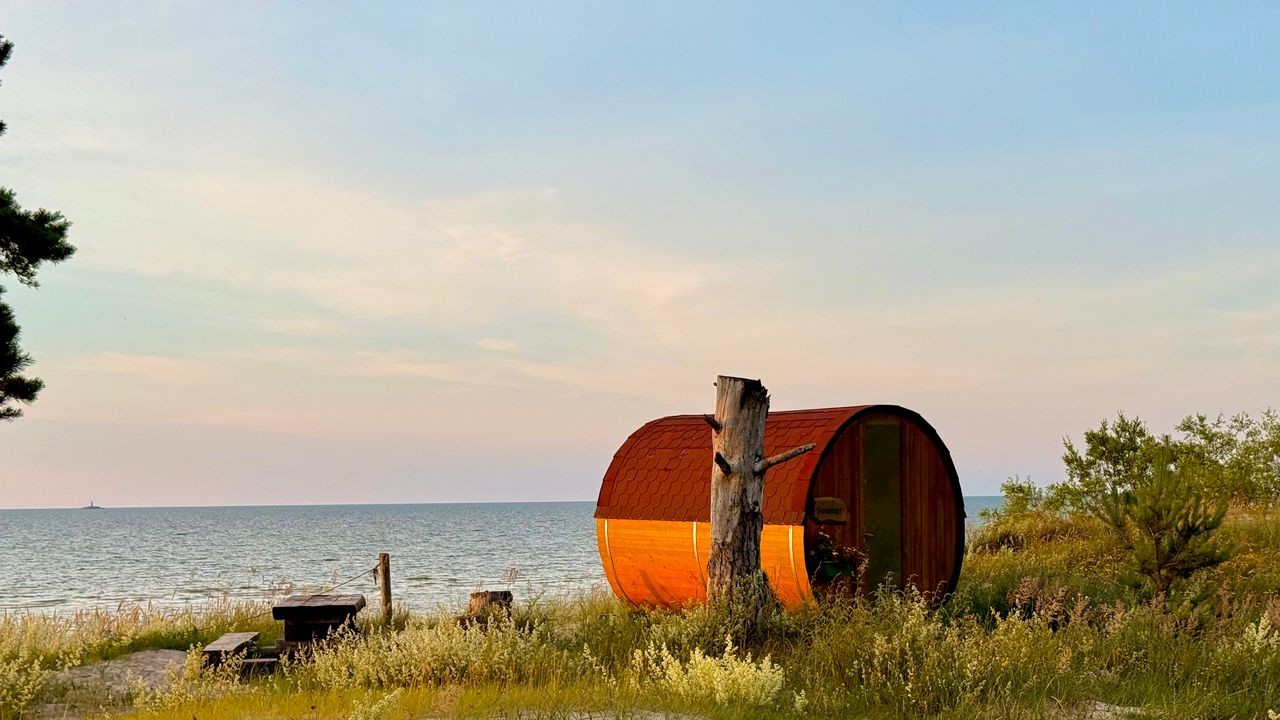A metaphor of an ancient road keeps coming back to me as I flit around Latvia – dig down far enough and you will find layers building up to the present. In Latvia, the history includes periods of paganism, the Russian Empire, a brief period of freedom, Nazi rule, Soviet rule, and ultimately, hopefully lasting freedom once more. It’s a story I hear again and again, and one which has shaped this proud Baltic nation into the open and progressive society it is today. But is it a summer destination? For a long time, Latvians couldn’t really holiday outside of their own country, so to the forests, the lakes and the beaches they went.
Grand Poet, RigaLauris Viksne
The Grand Poet in Riga is a great example for my road analogy. Now a sumptuous hotel on the edge of a lush park populated by late evening revellers (it doesn’t get dark here until around 11pm in July), Riga’s richest families used to live in this block in the late 1800s. Then the Russian revolution came, and after Latvia’s proclamation of independence, the elites of the First Republic lived here. After WW2, it became the Interior Ministry of Soviet Latvia, and during the USSR’s death throes of ‘Black January’ 1990, Soviet forces attacked the building. Similar stories are to be found in every corner of the Latvian capital – in the restored facades of its Art Nouveau district, in the Freedom Monument, erected during its first democracy in the 1920s, and even in the McDonald’s, which was a restaurant for the Party and elites during the Cold War.
You can get an excellent impression of the city’s changing character, with cobbled streets winding through Stalinist neoclassicism, Art Nouveau, medieval, and modern day (their new library is worth a visit) from the viewing platform of St Peter’s Church. The modern Riga is one of thriving markets housed in old zeppelin hangars, excellent cafes, and fresh, seasonal food. I have never had a bad meal in my three visits, and I particularly recommend the Three Chefs Restaurant, with its bread and dipping sauce theatre, and Kaļķu Vārti, which offers a crème brûlée with an extraordinarily intimidating surface area.

